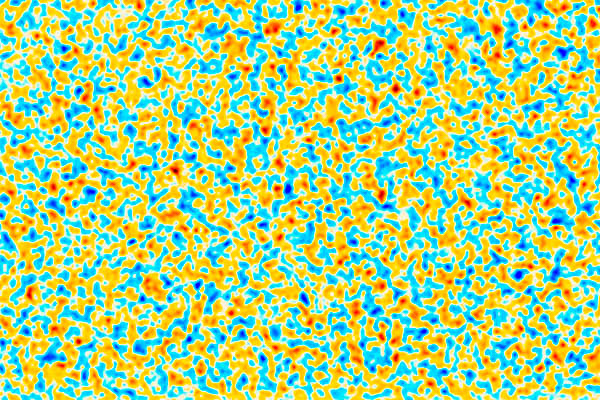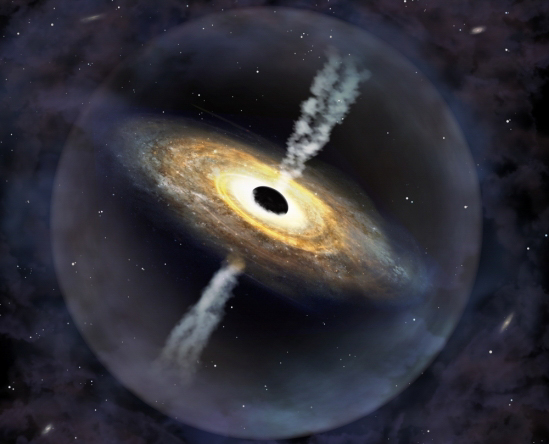The Euclid Space Telescope’s mission is to explore the composition and evolution of dark energy. Find out how its observations of over a billion galaxies aim to solve what scientists call cosmology’s greatest mystery.
Tag: Big Bang
Massive Early Galaxies Discovery Could Be ‘Universe Breaker”
Massive early galaxies emerged from a review of the James Webb Space Telescope’s first dataset. Find out why current science says they shouldn’t exist, and what this means for our understanding of the Big Bang and galaxy formation.
Webb Telescope Optics Meet Expectations
The James Webb Space Telescope team has announced that they've completed a key stage in deploying its primary mirror. Find out why NASA now confirms that the telescope's audaicious design will deliver on its demanding science goals.
Hubble Tension May Be Loosening
Hubble tension is the difference in results that scientists get when they try to measure the rate at which our Universe expands. Find out how a new study may have split the difference and loosened the tension between two camps of researchers. (4:00 min read)
Big Bang Afterglow Showing How Galaxies Form
The Big Bang Afterglow is known as the Cosmic Microwave Background (CMB). Discover how combining CMB data with galactic observations is unlocking the secret of galaxy formation. (4:30 min read)
James Webb Space Telescope – “Faster, Better Cheaper”
The James Webb Space Telescope will replace the Hubble Telescope. Find out how it will reveal hidden galaxies that Hubble couldn’t detect. (4:15 min read)
Age of the Universe Challenged Again
The age of the Universe is crucial in cosmology. Find out how a new study casts doubt on the conventional wisdom concerning when the Big Bang took place. (4:30 min read)
Cosmic Microwave Background Tells Story of the Universe
The Cosmic Microwave Background yielded new information to researchers. Find out why this helps us to better understand the origin and fate of our Universe. (4:30 min read)
Quasar Discovery Challenges Black Hole Theories
A quasar discovery suggests that stars existed much earlier than scientists thought. Find out why this challenges our understanding of black hole formation. (5:00 min read)
Star Formation Started Earlier than Thought
Star formation was the subject of an ESA study using the Hubble Telescope. Find out why what they didn’t find was more important than what they did. (4:00 min read)










